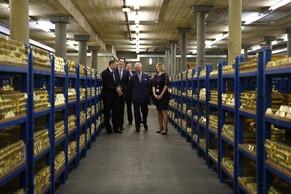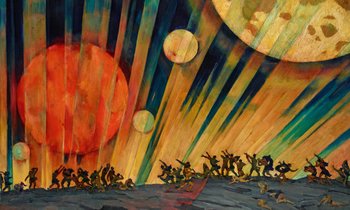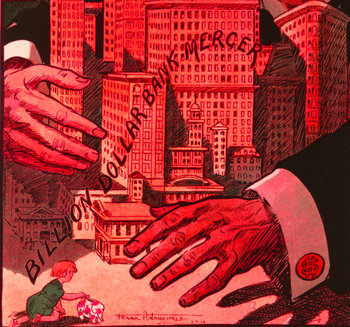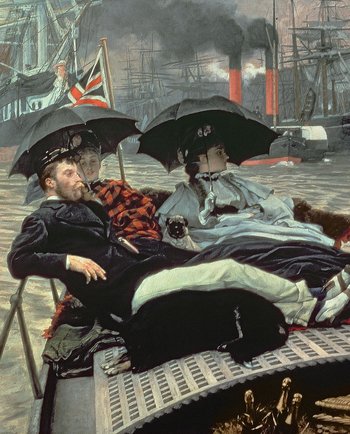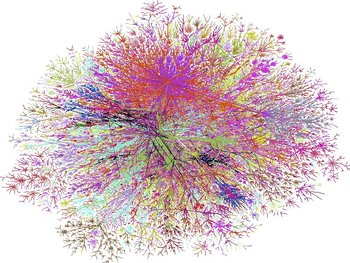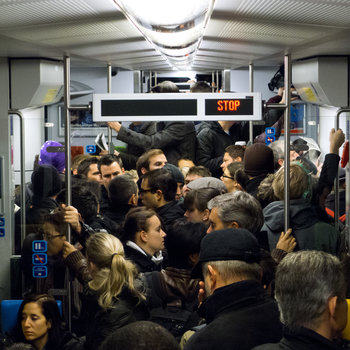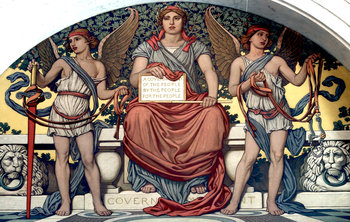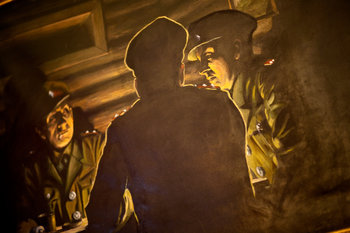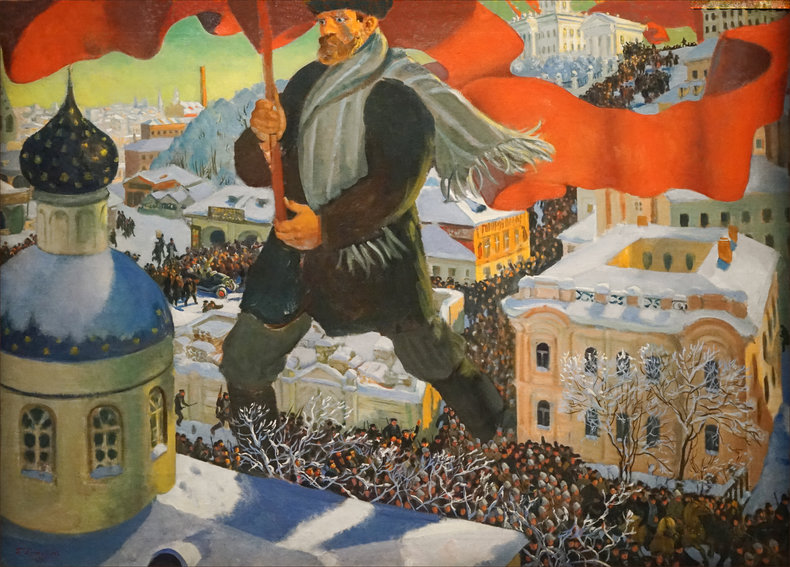
Bureaucratic Elite
Central planning creates a large bureaucratic elite that controls all the productive resources of a society. The competition to innovate, drive down costs and drive up quality is replaced by competition to rise within this single power structure that implements central planning.Diseconomies of Scale
Markets decentralize trillions of economic decisions by giving each producer and consumer freedom to make their own decisions. In a central planning model, this is all replaced by a single large power structure. Such a bureaucratic structure is likely to suffer from diseconomies of scale whereby there is a great deal of overhead involved in making decisions and respond to change.Technocratic Elite
A commonly proposed solution to the bureaucratic elite created by central planning is to automate all decisions. This simply shifts power to a technocratic elite and doesn't solve the problem.Investment
Central planning decides how to invest the resources of society. For example, replacing a village with a development project of modern high rises or building 50 state luxury hotels across a country to be enjoyed by the bureaucratic elite.Supply
Central planning decides the production levels for all goods and services. This is a complex undertaking and any failure can create inefficiencies and disasters such as famine. For example, the Great Chinese Famine of 1959 – 1961 that took the lives of 20 to 50 million people is largely viewed as a failure of central planning.Demand
Demand no longer plays a role in setting prices and allocating resources. For example, if consumers prefer whole wheat bread to white bread, this doesn't influence state production targets for these goods. Consumers buy whatever is available and their choices no longer drive change.Quality
Improvements to quality are the responsibility of central planners as consumers no longer drive this by rewarding producers with higher quality. For example, a bureaucratic committee may decide what it means for coffee to taste good, a mobile device to be usable, a game to be fun or a movie to be entertaining.Rights & Freedoms
Central planning typically relies on the removal of economic rights and freedoms such as the right to own your own capital and pursue happiness with your own business.Decentralized Planning
In practice, central planners will move to decentralize decisions to try to manage the great complexity of organizing an economy. For example, they are likely to give state firms great leverage in making their own investment plans and setting their own production and quality targets. This all ties into a single power structure. For example, firms do not answer to consumers but rather to the state.Notes
Central planning is controlled by a government but is sold as being controlled by "the people", "the workers" or "community." This is akin to allowing a single corporation to take control of all land, buildings, machines and labor.| Overview: Central Planning | ||
Type | ||
Definition | An economy that is controlled by a government as opposed to market forces driven by economic freedoms. | |
Related Concepts | ||




